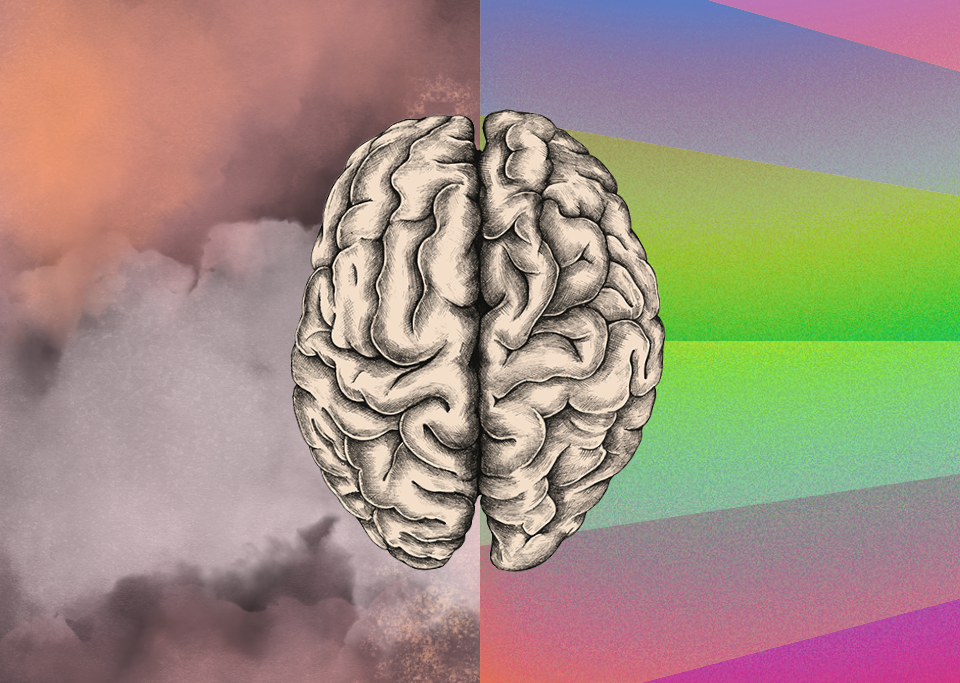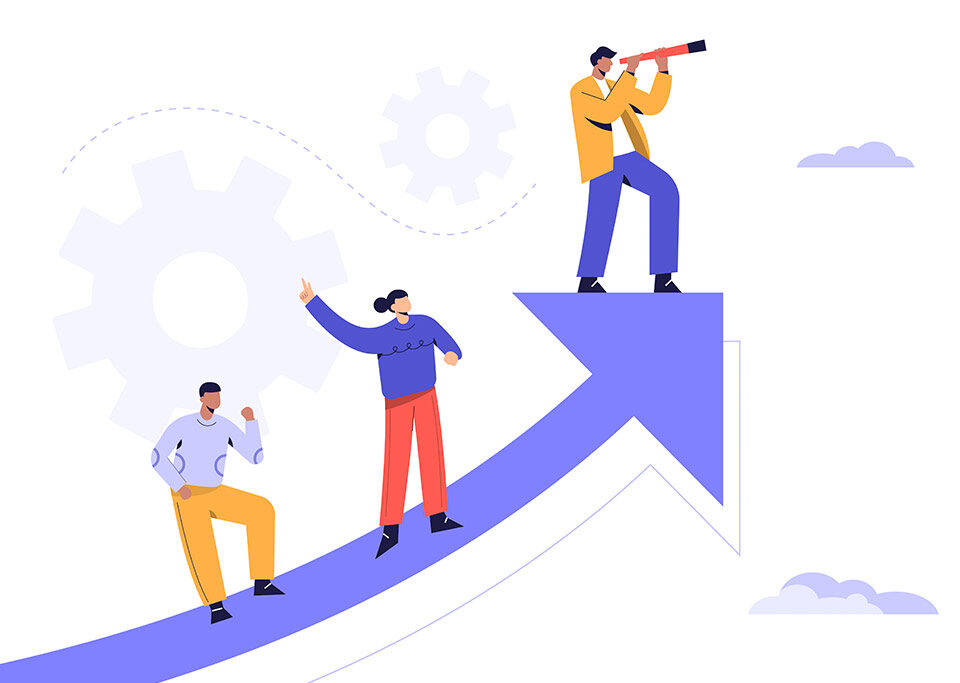- Mail:
- info@digital4pro.com
Three questions about post digital work

Tre domande sul lavoro post digitale
15 Luglio 2020
Automotive: Dario Palma, Responsabile Product Management & Innovative Services – Mercedes-Benz Italia S.p.A.
16 Luglio 2020In our history, according to Vilém Flusser¹ , “two fundamental caesures are observable. The first, which occurred in the middle of the second millennium B.C., can be summarized under the heading <invention of linear writing>; the second, which we are witnessing, under the heading <invention of technical images> “. In fact, how many photos do we take in the world in one day? 40,000,000,000 (not counting those made by machines). Too many? It’s an estimate from 2017² . Instead in 2019 it was calculated that we took 1.42 trillion photos³ . And where do all these photos go? Many go back to the clouds and from there become food for artificial intelligence, which for its development is very voracious for images, even if it still and for now depends on us for their coding and semantic organization.
Let’s dwell on the connection between artificial intelligence and facial recognition (i.e. the identification of a pattern followed by a series of decisions) and we will see, it is appropriate to say, how much technical images are the fulcrum of our present and probably of the future, even geopolitical⁴, of work. What does all this mean for us today?
Dear readers who, like me, ask you about ways of working, the world around us continues to change quickly and sometimes unexpectedly, therefore rather than going directly to the answer to this question, I prefer to share with you some questions that act as a corollary to it, in the hope that you will find them interesting to the point to be answered; because I would like to establish with you and your experiences a simple method ⁵ of dialogue to be innovative together in reflecting on the challenges of post digital work.
Did we invent fire or weapons first? The word weapon could derive from the Latin armus (armòs, in Greek) which means “humerus” or “arm. Therefore, we can venture that we first created functional extensions of our body. But the prevailing opinion is that both inventions date back to the lower Paleolithic. In any case, from that time on we learned that our physical or psychic abilities were enhanced by the use of tools, which we could create ourselves! This awareness has proven to be particularly useful in dangerous or transition phases. Here, then, is the first question: would you agree, dear reader, if we said that the ability of body-instrument integration is one of those that makes us particularly human?
Second problem: We are witnessing a lot of discussion about whether in this period of distancing from others who has been able to work from home has done so in smart working or not. I confess that this debate seems to me to be refocused. In fact, if smart working serves to ensure personal productivity, combining it with adaptation to different individual needs and therefore leaving consolidated protocols, I would say that we have worked in smart working. But perhaps we should start to wonder if in recent weeks through smart working we have not rather participated in the greatest path of redefining the way of working on a planetary level. For other identifying for conclusive facts all those jobs that today can really be done in any place at any time. To answer this question maybe it takes a little more time than to answer the first one and as a viaticum I am pleased to show you a reading entitled “The philosophers of contagion” that you will find at this link https://www.laciviltacattolica.it/article/philosophers-of-contagion/.
Third question, which bears a paradox: how important is the ability of the individual to create connections in spatial spacing work? In my opinion, very much; in fact, with this ability we can compensate for the reduction in physical proximity. Moreover, in the work we are experimenting, precisely because it simultaneously involves the majority and not small groups, the lack of connections can be mitigated very little by belonging to a group or by the exercise of the hierarchy, that is, neither the function nor the leader can make up for to incompetence in the individual. The worker in physical distancing is now not in a real place, but on the platform of a digital space, where it is not possible to be present by occupying a piece of land, but where it is necessary to be relevant with respect to a current or potential information flow (the worker postdigital is one of the Inforgs of which Luciano Floridi ⁶ writes). In this scene, individual work generates value not in the two-dimensional relationship between the chief collaborator, but in the multidimensional one of networking. The post-digital work emphasizes the relational aspects of the work, but decoupling them from proximity places them in the dynamics of the functioning of the internet and in particular in the logic of a system of nodes (or hubs) in continuous expansion. Hence, the value of post digital work is a function of how much its content manages to reach or attract other content. The forces that determine this effect of attracting work are not, alas, dependent on the quality of its content or product but on its relational quality and consequently on the ability of the individual worker to generate connections. What skills are presupposed and required by this individual ability? For me, as an individual I think of digital workability, basic cybersecurity skills, knowing how to collaborate with the rest of the group, knowing how to collaborate and interact with the boss, keeping the focus on both the result and the relationship, knowing how to protect my work-life balance, have excellent specialist knowledge; while as a leader I shouldn’t give up developing distance leadership and keeping attention to the cognitive or emotional overloads of the people for whom I am responsible.
What do you think dear readers?
¹ V. Flusser, For a history of photography.
² V. https://techboom.it/quante-foto-scattiamo-allanno/amp/
³ V. https://www.lucacazzaniga.it/fotografia-cellulare/quante-foto-sono-state-scattate-negli-ultimi-anni/
⁴ V. S. Pieranni, Red mirror
⁵ V. https://www.digital4pro.com/2020/06/16/il-valore-di-un-metodo/
⁶L. Floridi, Philosophy and Computing: an introduction; L. Floridi, The Fourth Revolution: How the Infosphere is Reshaping Human Reality.




